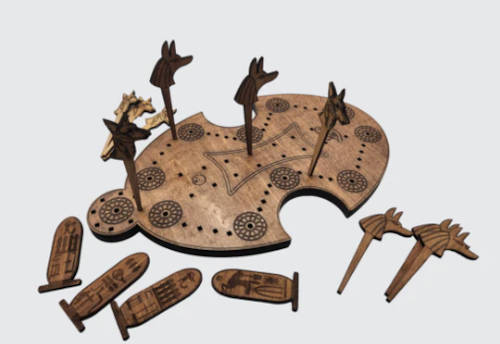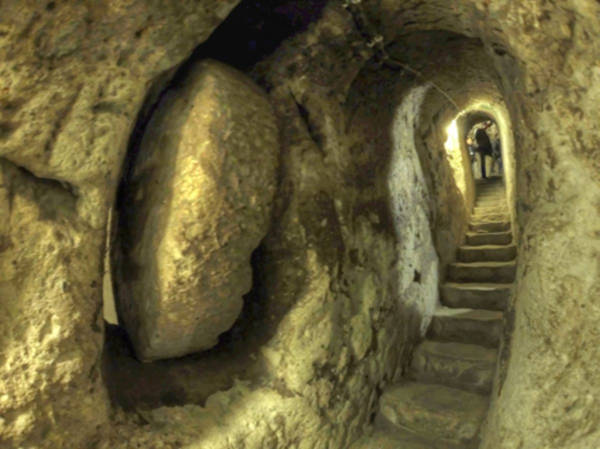World’s Oldest Psychiatric Hospital Revealed in Turkey’s Cappadocia
Deep beneath the surreal landscapes of Cappadocia, archaeologists and local authorities have announced the restoration of what they believe to be humanity’s earliest known mental health facility.
The Aya Maryeros Underground Monastery in Derinkuyu, dating back to the 4th century AD, served dual purposes as both a religious sanctuary and a pioneering psychiatric treatment center during the Byzantine era. This extraordinary discovery promises to revolutionize our understanding of ancient medical practices and mental health care in the early Christian world.
Located in the Cumhuriyet district of Derinkuyu, Nevsehir province, this underground complex was initially identified in the 1990s beneath a neglected building that had been used as a waste site for decades.
The Derinkuyu District Governor’s Office and municipality have now launched an ambitious restoration project to transform the site into a museum, recognizing its profound historical significance.
According to Türkiye Today, the complex features the characteristic tunnels, living quarters, storage rooms, and rock-carved galleries that define Cappadocia’s famous underground cities.
Revolutionary Medical Practices in Ancient Times
Derinkuyu Mayor, Taner Ince, emphasized the site’s unprecedented historical importance, describing it as “the world’s oldest and first mental hospital” where Christian clerics provided care for individuals suffering from psychological conditions.
This assertion, if confirmed through further archaeological investigation, would predate other known ancient medical facilities by centuries. The monastery operated during a crucial period when early Christianity was establishing new approaches to caring for society’s most vulnerable members.
According to historical accounts researched by the Anatolian Archaeology Network, Byzantine medical practitioners at the monastery employed innovative therapeutic methods that combined spiritual care with practical treatment approaches.
These included music therapy, physical rehabilitation, and comprehensive spiritual support – techniques that bear remarkable similarities to modern holistic mental health treatment program.

Archaeological Significance and Restoration Challenges
Historian Eray Karaketir, who has extensively studied Cappadocia’s underground settlements, explained that Aya Maryeros forms part of a vast network of subterranean communities carved into the region’s distinctive volcanic rock formations.
These underground cities were constructed by early Christians fleeing persecution in the Eastern Roman Empire, serving as secure refuges during times of religious and political upheaval.
The monastery lies approximately 10 to 15 meters (33-49 ft) underground and was specifically renowned for serving individuals with mental health conditions.
Karaketir noted that centuries of looting had significantly damaged the structure, with wooden doors destroyed and supporting columns compromised.
The current restoration effort focuses on structural stabilization, installation of permanent lighting systems, and eventual reopening of blocked tunnels that may connect to the vast Derinkuyu Underground City network.

Future Plans for Cultural Tourism
The restoration project represents a significant investment in Cappadocia’s already thriving cultural tourism industry. Officials believe the completed museum will provide visitors with unique insights into both religious and medical history, complementing the region’s existing attractions such as the famous Derinkuyu Underground City, which could accommodate up to 20,000 residents.
The discovery adds another layer to Turkey’s rich archaeological heritage and demonstrates the sophisticated understanding of mental health care that existed in ancient civilizations.
As restoration work continues, scholars anticipate that Aya Maryeros will become a crucial site for understanding the intersection of religion, medicine, and social welfare in the Byzantine world.






















